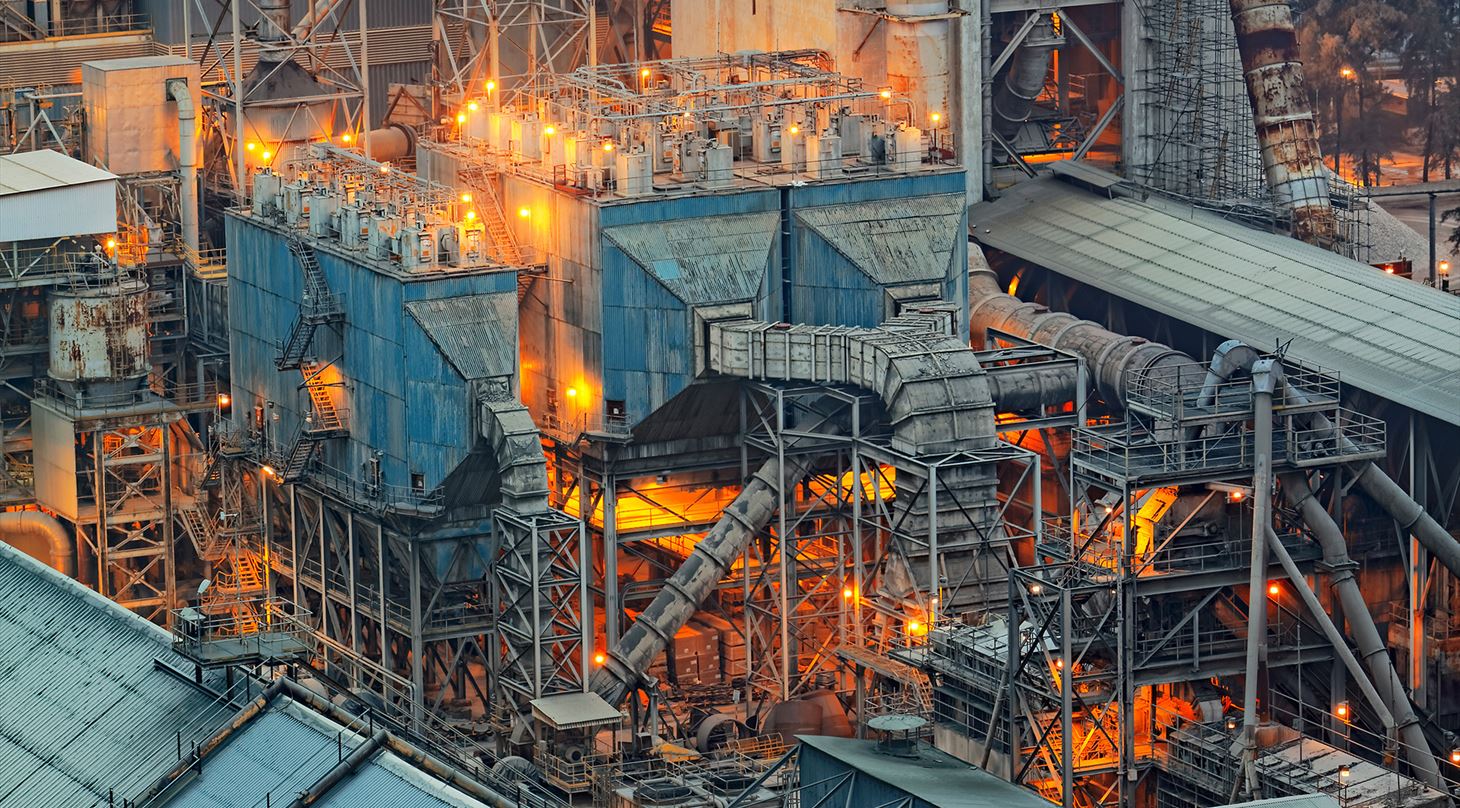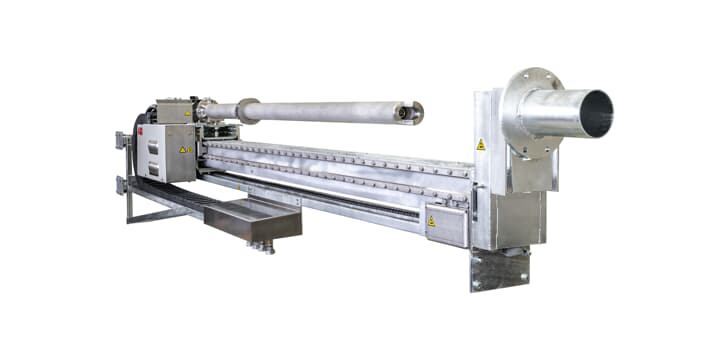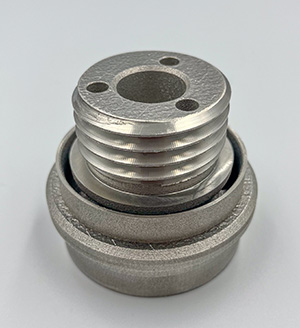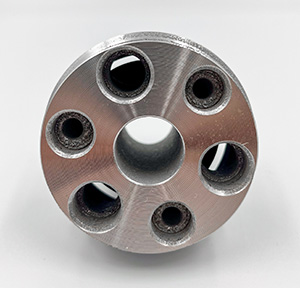
3D printing helps optimize gas analysis in the cement industry
The Danish company FLO2R manufactures equipment for gas analysis in cement kilns. In this context, the company has patented a cleaning technology that reduces the maintenance of the system - and here, metal 3D printing from the Danish Technological Institute plays a crucial role.
FLO2R is a Danish niche company specializing in gas analysis systems for cement kilns. The company has a strategic partnership with the German industrial group ABB, where FLO2R delivers the physical equipment, while ABB provides the analysis part and sells the system to cement factories worldwide.
Cement producers use gas analysis to optimize the process in terms of how much fuel the cement kilns consume, and the analysis is also used to prevent explosion hazards. Moreover, the analysis results can be used to optimize quality while ensuring maximum clinker throughput in the kiln. Since cement production accounts for 7-8% of the world’s total CO₂ emissions, optimizing production processes is critical, and even small improvements can have a significant climate impact - hence, gas analysis plays a pivotal role.
FLO2R has found an effective solution to one of the most complex measurement tasks in gas analysis: measuring the gas composition at the kiln inlet in large, rotating cement kilns that produce about 5,000 tons of clinker per day. In fact, the solution is so good that FLO2R has patented it.

FLO2R's analysis probe
A challenging analysis environment
The large rotating cement kilns present several challenges for analysis due to a highly aggressive environment. We’re talking about temperatures between 1,000-1,400 degrees Celsius, dust concentrations as high as one kilogram per cubic meter, sticky, lava-like dust, and a kiln in constant motion.

- When you insert a water-cooled tube into such an active mineral process, as we do with our analysis probe, it’s actually the coldest point in the entire kiln. So, to prevent dust and 1,200-degree-hot condensed gases from forming stony deposits on the probe, we have to blow it clean from time to time. Otherwise, it would require a hammer and chisel to remove these deposits, explains Karsten Brink Floor, CEO of FLO2R.
This brings us to the core of FLO2R’s patented technology, which concerns the cleaning of the analysis probe - a process in which the tube is kept free of accumulated material using powerful airflow. The cleaning process is essential for ensuring stable operation, long service intervals, and reliable data quality, as probes would otherwise risk clogging and shortened lifespans due to the extreme environment.
FLO2R’s solution requires less maintenance of the probe, making it more efficient. This means that a single FLO2R probe can typically reduce a cement kiln’s CO₂ emissions by 3%, equivalent to removing the annual CO₂ emissions of 15,000–20,000 cars from the roads.
3D printing plays a key role
A critical component in FLO2R’s solution is a 3D-printed nozzle, which sits at the outer end of the probe, behind the filter where the sampling process occurs. The nozzle ensures that the airflow is distributed precisely around the filter, effectively preventing dust and condensates from sticking.

- The nozzle is 3D printed in stainless steel here at the Danish Technological Institute, and it features a complex internal geometry with various channels that ensure optimal air distribution for the powerful cleaning that FLO2R’s system can deliver, says Morten Lisberg Jørgensen, senior consultant and 3D printing specialist at the Danish Technological Institute.
The 3D-printed nozzle functions as a stable platform for the probe’s mechanical design and handles the significant thermal expansions that occur when the probe is exposed to temperatures of 1,200 degrees.
In principle, the nozzle could be welded together from three different parts, but it is made from stainless steel, which can warp, and it is important that the parts fit together very precisely. If there is any misalignment in the nozzle, the entire filter will sit crooked inside the probe tube, which would affect efficiency.
- With 3D printing, we eliminate the risk of misalignments that could arise from welding, and FLO2R gets consistent quality in the printed components, says Morten Lisberg Jørgensen.
For FLO2R, it is a huge advantage to have a single, dimensionally stable component produced by 3D printing, instead of three separate parts that must be welded together.
3D printing has made it possible for us to flow-optimize the internal geometry in ways not possible with traditional manufacturing methods, and that has improved the effectiveness of our patented cleaning solution.
- Karsten Brink Floor, FLO2R